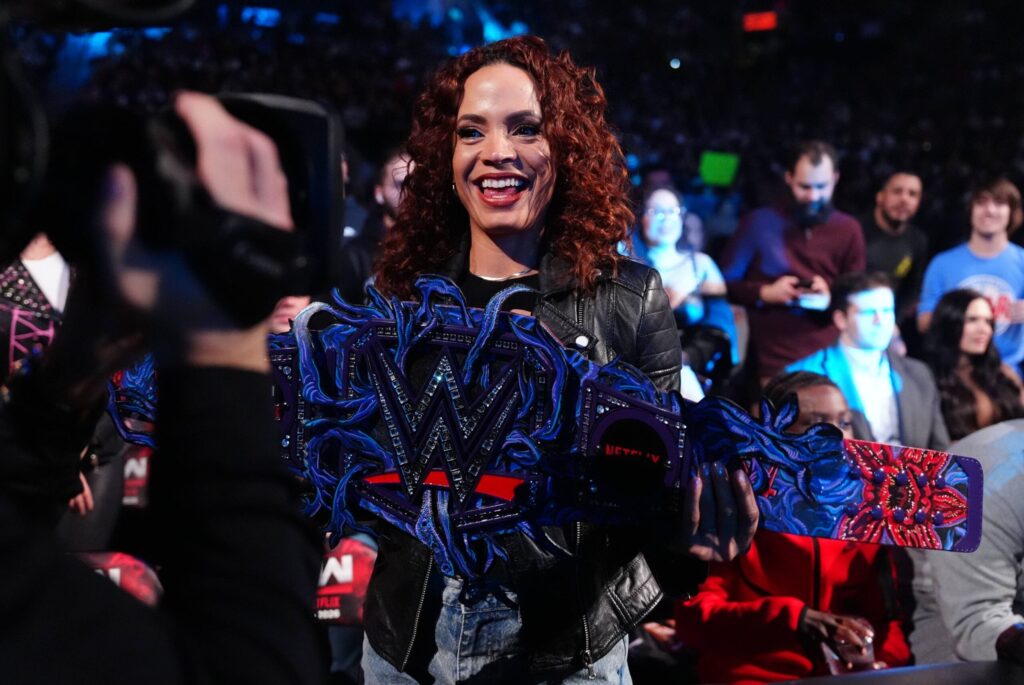Direct marketers have long lived by the 40-40-20 rule: 40% of the success of a campaign is due to lists, 40% to the offer, and 20% to the creative. Grant Swain, senior vice president/executive creative director for marketing services firm Rapp Collins, argues that in today’s hypercompetitive world, to succeed the equation is now 40-40-40.
The number of marketing messages that consumers are exposed to every day has swelled to the point that only those with exceptional creative will stand out, Swain said during his keynote session at the Kansas City Direct Marketing Days on March 7. That’s especially important given that unique offers are now a rarity. Several years ago you received maybe only one offer of 0% financing, Swain pointed out; now you’re bombarded with dozens.
That’s why there’s a need to go beyond creative—and overall marketing—best practices. “It’s about what in the pile of mail is going to get my attention,” Swain said. At Rapp, he added, the mantra is “Let’s get creative before the creative guys get targeted.” In other words, as targeted marketing approaches the norm, in the way that offers of 0% financing or free shipping and handling have, creative needs to be reemphasized.
“Creative is the idea vs. the execution,” Swain said. It starts with “a solid idea that lives in the heart of the brand…It doesn’t have to merely look like the brand. It has to feel like it came from the soul of the brand. That doesn’t come from a graphics manual. It comes from knowing your brand.”
And that, of course, means knowing your target market as well. That’s why, Swain said, “annoying” but catchy creative—he used Charmin toilet tissue’s Mr. Whipple as an example—“doesn’t do it anymore. I want you to talk to me. I will read what interests me,” he said. “We run to the mailbox, hoping to find something cool. Ninety-nine times out of 100 we’re disappointed, but when we find that 100th, it’s magical.”
As an example of this sort of magic, Swain cited a direct mail package for DirecTV’s NFL Sunday Ticket, in which subscribers had access to every NFL game being broadcast each Sunday. The target market wasn’t merely football fans “but those who want their home to be the local sports bar.” So Rapp’s mail package included such items as a penalty flag (to be waved for guest infractions such as “double-dipping”). The result was a sizable lift in response.
And though Swain was addressing an audience of direct marketers, he noted that sometimes direct mail wasn’t the most effective—or cost efficient—option. When Direct Energy, a Texas energy provider, replaced its direct mail pieces with a humorous TV commercial, its acquisition cost per customer actually declined by roughly 75%, even though the medium was more expensive. Because Direct Energy was a relatively new and unknown company, Swain explained, TV gave it a credibility that direct mail couldn’t. And because the product being offered was a universal one, broadcast as a medium played in with the offer. As for the creative, it made not switching energy providers the problem. The spot showed a man in a diner watching as the price of the breakfast special he’d ordered continued to go up on the sign outside his window—an obvious correlation to increasing home-energy costs.
But with the 40-40-20 rule now becoming the 40-40-40 rule, “I know: It adds up to 120%,” Swain said. “That’s what clients are asking from us.”



